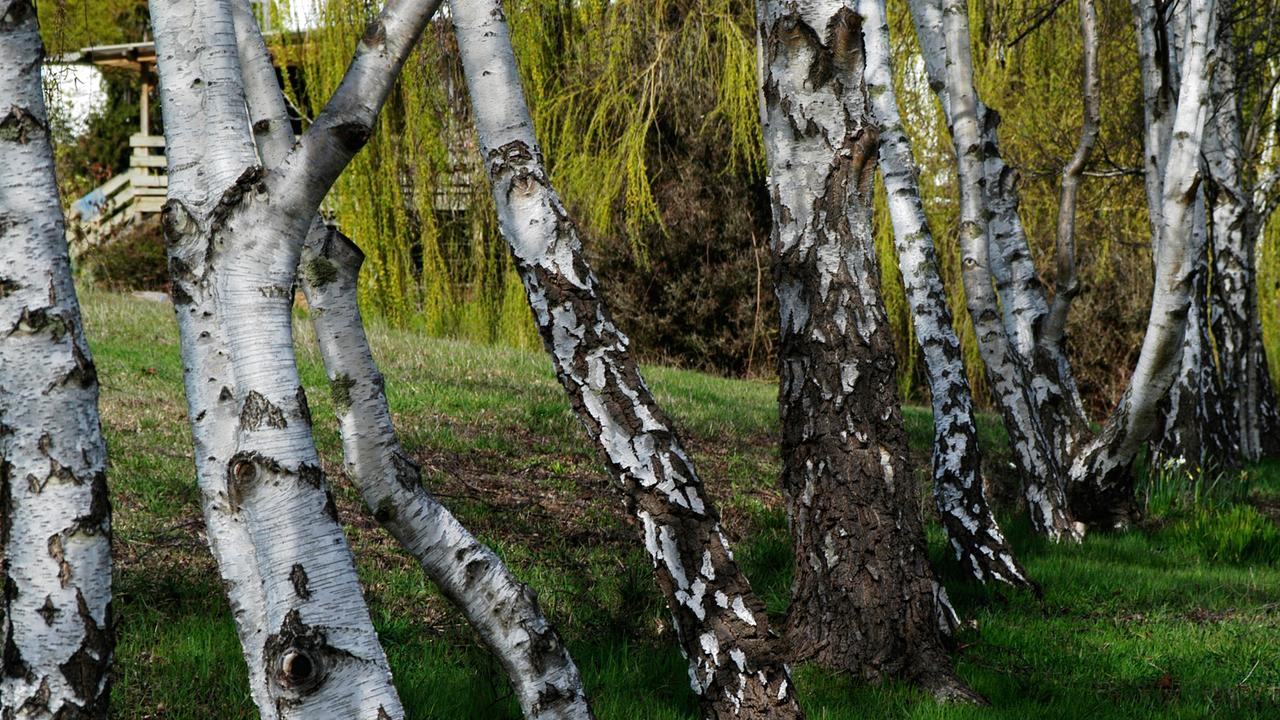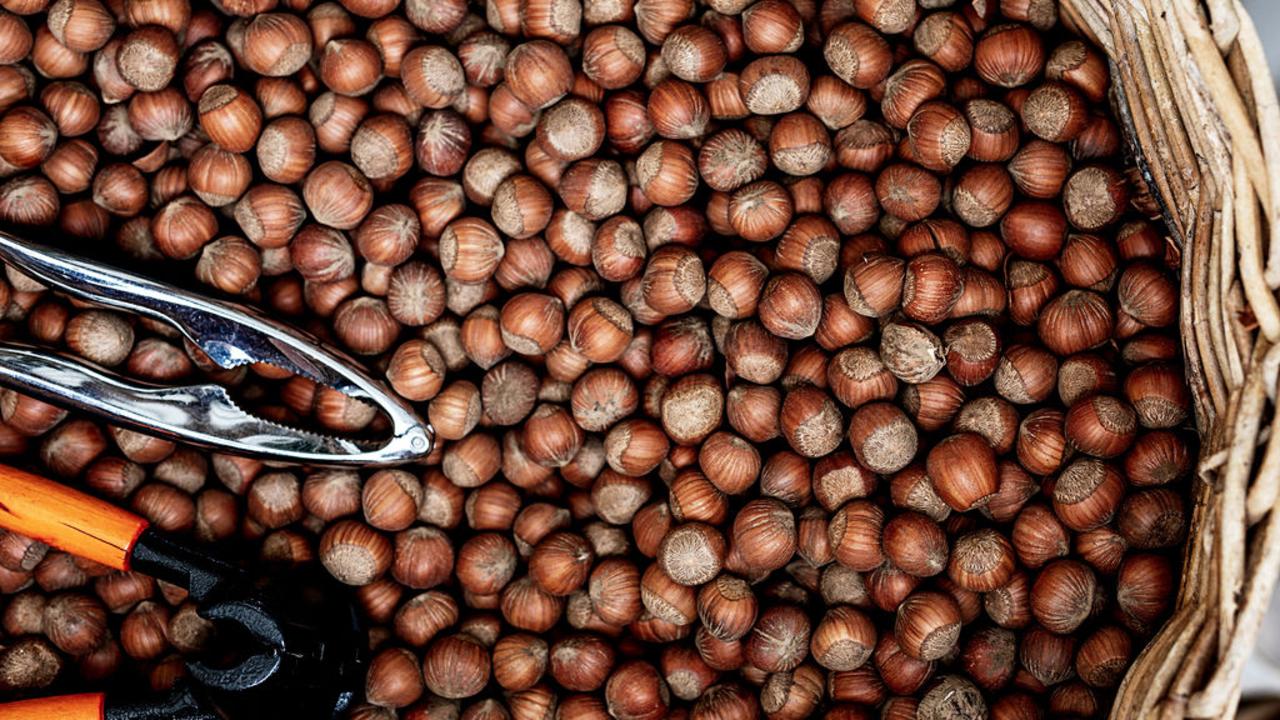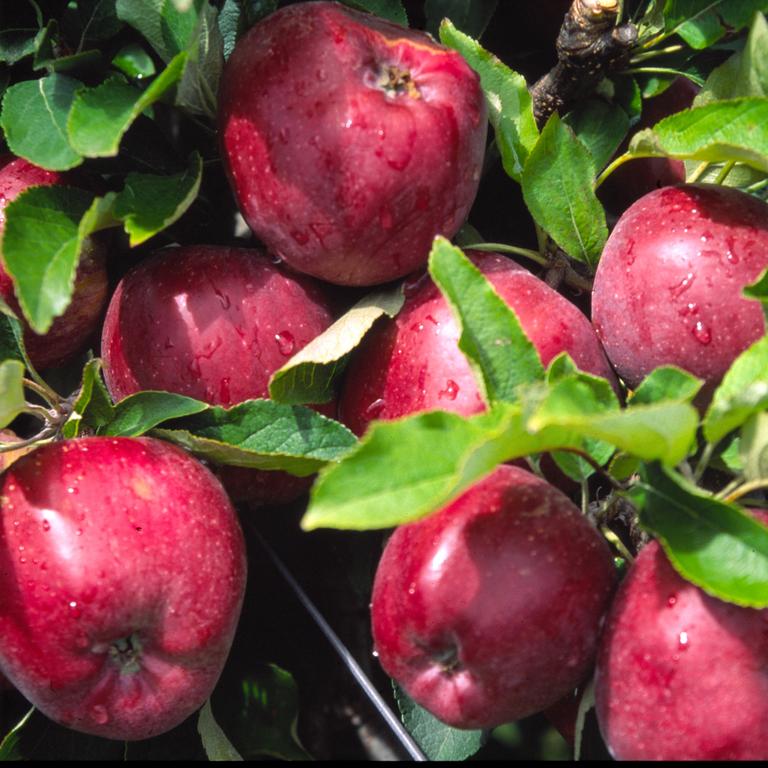Ancient ‘chewing gum’ sheds light on Stone Age teenagers’ diet
Teeth marks in 10,000 year old wads of tree ‘gum’ left DNA traces used by palaeontologists to discover the age and oral health of the chewers – and Stone Age teens had a taste and likely use for it

READING LEVEL: ORANGE
DNA* from a type of “chewing gum” used by teenagers in Sweden 10,000 years ago is shedding new light on the Stone Age diet and oral health, according to research.
The wads of gum are made from pieces of birch bark pitch, a tar-like black resin*, and carry clearly visible teeth marks.
They were found 30 years ago next to bones at the 9,700-year-old Huseby Klev archaeological* site north of Gothenburg in western Sweden, one of the Scandinavian country’s oldest sites for human fossils*.

Hunter-gatherers* probably chewed the resin “to be used as glue” to assemble tools and weapons, said Professor Anders Götherström, the co-author of the study published in Scientific Reports.
“This is a most-likely hypothesis* – they could have been chewed just because they liked them or because they thought that they had some medicinal purpose,” he said.
“There were several chewing gum (samples) and both males and females chewed them. Most of them seem to have been chewed by teenagers. There was some kind of age to it.”

A previous 2019 study into the wads of gum mapped the genetic* profile of the individuals who had chewed it.
This time, Prof Götherström and his Stockholm University team of palaeontologists* were able to determine, again from the DNA found in the gum, that the teenagers’ Stone Age diet included deer, trout and hazelnuts. Traces of apple, duck and fox were also detected.

“If we do a human bone then we’ll get human DNA,” Prof Götherström said. “We can do teeth and then we’ll get a little bit more. But here we’ll get DNA from what they had been chewing previously. You cannot get that in any other way.”
In addition, in one piece chewed by a teenage girl, researchers found a number of bacteria indicating a severe case of periodontitis, a severe gum infection.

“She would probably start to lose her teeth shortly after chewing this gum,” Prof Götherström said. “It must have hurt as well.
“You have the imprint from the teenager’s mouth who chewed it thousands of years ago. If you want to put some kind of a philosophical layer into it, for us it connects artefacts*, the DNA and humans.”

POLL
GLOSSARY
- DNA: stands for deoxyribonucleic acid, the genetic information inside the cells of the body that helps make people who they are
- resin: thick, sticky substance produced by some trees
- archaeological: relating to archaeology, the study of human activity through the recovery and analysis of material culture
- fossils: traces, impressions or shapes of a bone, shell, plant or animal that has been preserved in rock for a very time
- hunter-gatherers: ancient societies that lived by hunting and collecting wild food, rather than by farming
- hypothesis: idea or explanation for something that is based on known facts but has not yet been proved
- genetic: relating or belonging to genes, parts of the DNA in cells that are received by each animal or plant from its parents
- palaeontologists: scientists who study fossils as a way of getting information about the history of life on Earth
- artefacts: ornaments, tools, or other objects made by humans, especially those that are historically or culturally interesting
EXTRA READING
Who really is Oetzi the Iceman?
DNA reveals who wore ancient elk tooth pendant
DNA project finds what makes humans unique
QUICK QUIZ
- What were the Stone Age wads of gum made from?
- How old is the Huseby Klev archaeological site and where is it?
- Hunter-gatherers probably used the resin for what practical purposes?
- What did the Stone Age teenagers’ diet include?
- One teenage girl was found to have which severe gum infection?
LISTEN TO THIS STORY
CLASSROOM ACTIVITIES
1. What steps?
What do you think the ancient gum would have tasted like and felt like to chew? Write a description. Your reader should know exactly what it was like! Use information from the story to help you.
Time: allow at least 10 minutes to complete this activity
Curriculum Links: English
2. Extension
Can you think of another purpose for the “gum”? Use evidence from the story to back up your ideas.
Time: allow at least 20 minutes to complete this activity
Curriculum Links: English, History
VCOP ACTIVITY
Imaginative dialogue
Imagine you were there during the event being discussed in the article, or for the interview.
Create a conversation between two characters from the article – you may need or want to include yourself as one of the characters. Don’t forget to try to use facts and details from the article to help make your dialogue as realistic as possible.
Go through your writing and highlight any punctuation you have used in green. Make sure you carefully check the punctuation used for the dialogue and ensure you have opened and closed the speaking in the correct places.

